China Food Machinery Export Statistics: Market Data and Insights
The China food machinery export market has seen remarkable growth over the past decade, driven by increasing global demand for cost-effective, high-performance, and reliable food processing equipment. From bakery production lines to beverage bottling systems, Chinese manufacturers are now supplying to over 180 countries and regions, becoming one of the world’s leading suppliers of food processing technology.
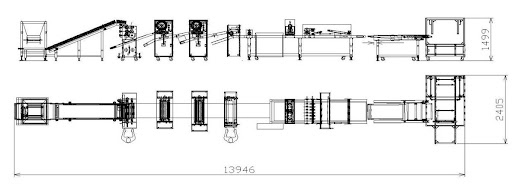
This report provides up-to-date export statistics, market trends, and industry insights for businesses and buyers looking to source from China food processing machinery manufacturers.
1. Export Value and Growth Rate
1.1 Export Volume Overview (2015–2024)
According to China Customs and industry data, the export value of food processing machinery increased from approximately USD 7.8 billion in 2015 to over USD 15.2 billion in 2024, nearly doubling in less than a decade.
| Year | Export Value (USD Billion) | Growth Rate |
|---|---|---|
| 2015 | 7.8 | — |
| 2018 | 10.4 | +9.5% |
| 2020 | 12.1 | +6.3% |
| 2022 | 13.9 | +7.1% |
| 2024 | 15.2 | +5.8% |
2. Major Export Destinations
Chinese food machinery exports are now distributed across multiple global markets:
Asia (40%) – Southeast Asia, South Korea, Japan, and the Middle East
Africa (18%) – Nigeria, Egypt, South Africa, and Kenya
Europe (15%) – Russia, Germany, UK, and Eastern Europe
North America (12%) – United States, Canada, Mexico
Latin America (10%) – Brazil, Chile, Argentina
Oceania (5%) – Australia, New Zealand
3. Product Categories with Highest Export Demand
Bakery and Confectionery Machinery – Dough mixers, ovens, chocolate coating lines
Snack Food Processing Lines – Fryers, seasoning machines, packaging lines
Beverage Production Equipment – Filling machines, PET bottle blow molders, labeling machines
Meat and Seafood Processing Lines – Cutting, freezing, and vacuum packaging equipment
Frozen Food Machinery – Dumpling machines, tunnel freezers, IQF systems
4. Reasons for China’s Strong Export Performance
Competitive Pricing – Lower production costs compared to Western manufacturers
Rapid Production Cycles – Shorter lead times due to efficient supply chains
Customization Capability – Ability to build equipment for specific food products
Improved Technology – Adoption of PLC control, servo motors, IoT monitoring
International Compliance – CE, ISO9001, and HACCP certifications for export markets
5. Challenges and Considerations
Despite strong growth, buyers should be aware of:
Quality Variations – Not all suppliers meet export-grade standards
After-sales Service – Availability of spare parts in overseas markets
Shipping Costs – Freight charges can fluctuate based on fuel prices and container availability
Trade Regulations – Import duties and compliance testing in the destination country
6. Future Export Outlook (2025–2030)
Industry analysts predict:
Annual export growth rate of 5–7%
Increased adoption of smart food processing systems
Growth in eco-friendly and energy-saving equipment
Rising demand from emerging markets in Africa, South Asia, and Latin America
Conclusion
China’s position as a global supplier of food processing machinery will continue to strengthen in the coming years, supported by technological innovation, strong manufacturing capacity, and competitive pricing.
For buyers, understanding China food machinery export statistics helps in making informed sourcing decisions, identifying reliable suppliers, and negotiating better terms.
📞 Contact us for export-ready supplier recommendations: Get a Supplier List
Must-Read Blogs For Chain Restaurants Owner

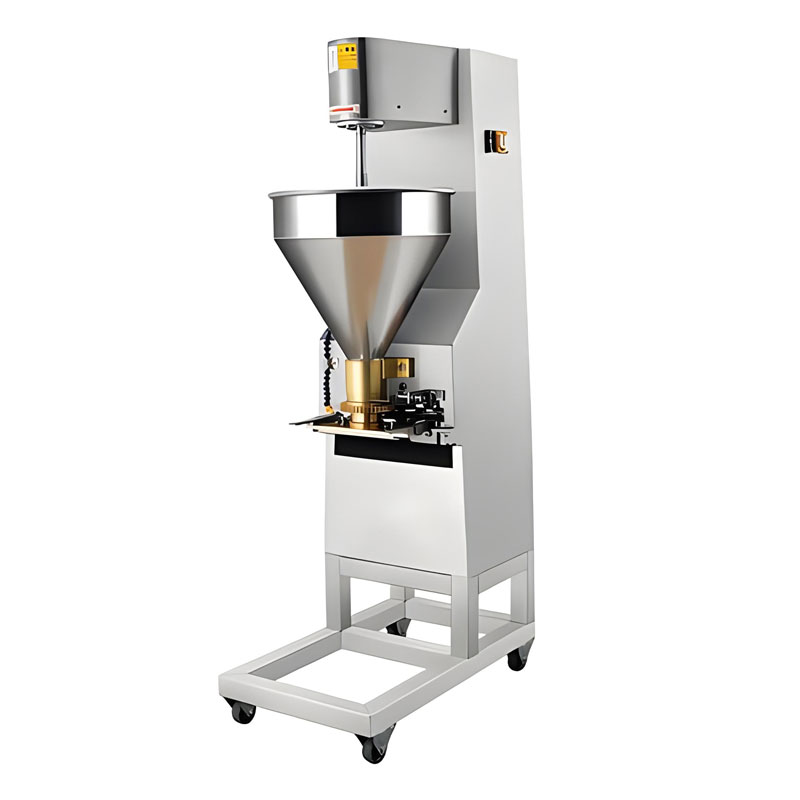
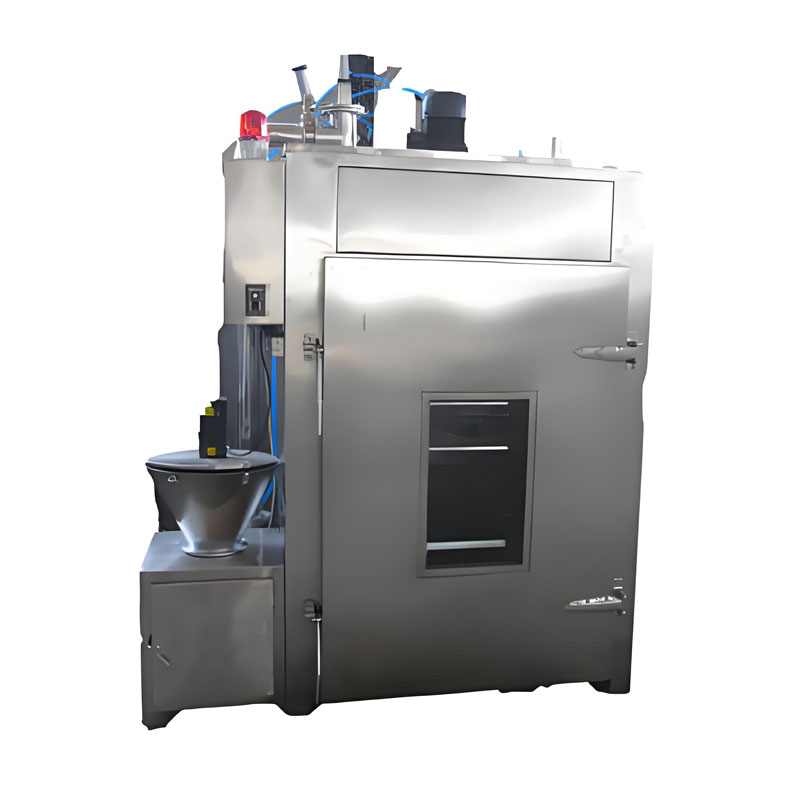
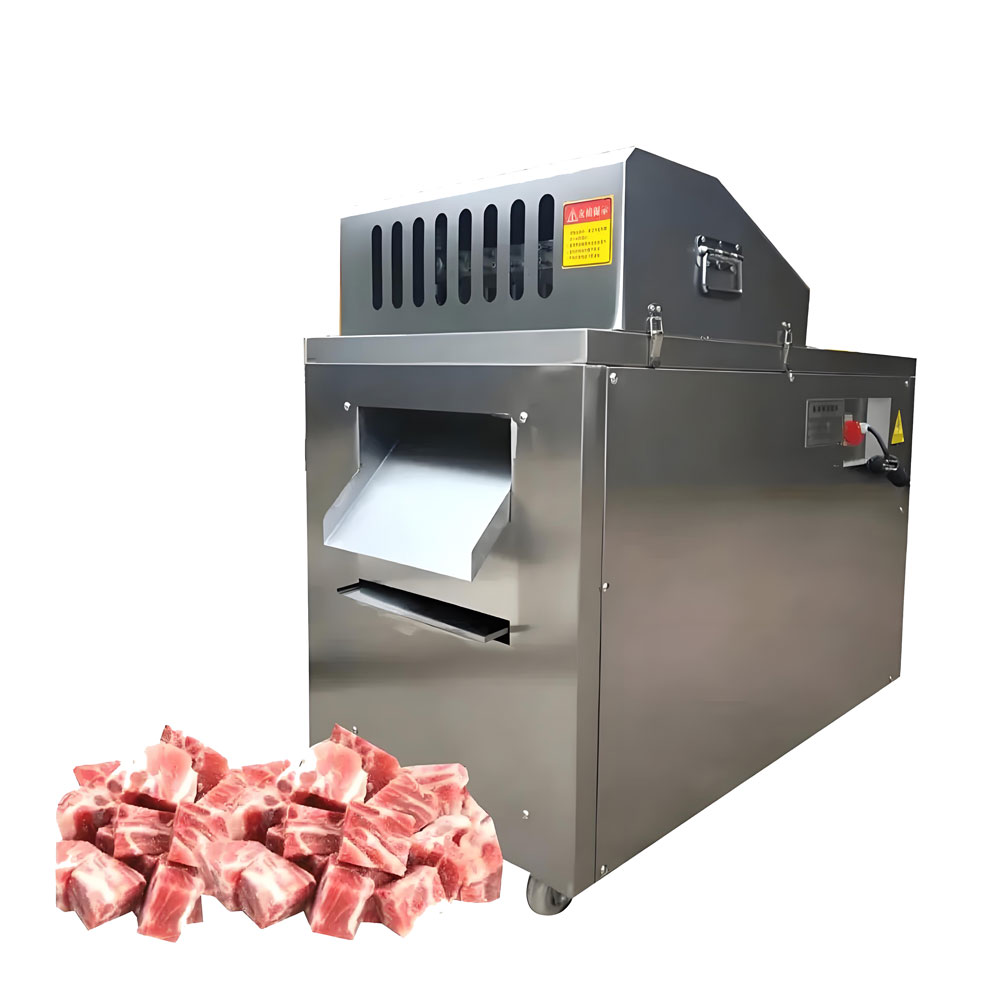
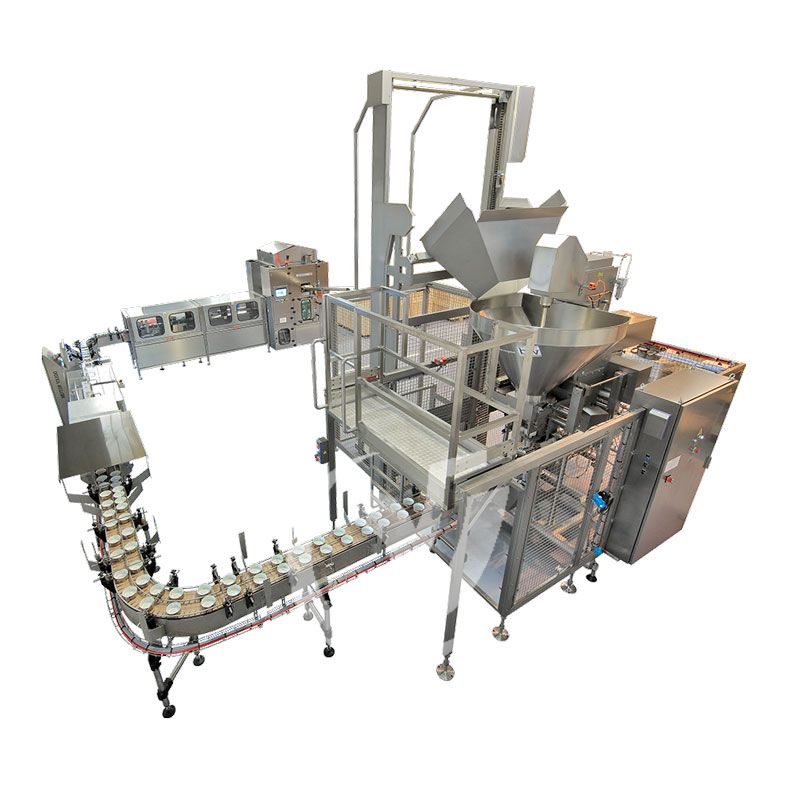

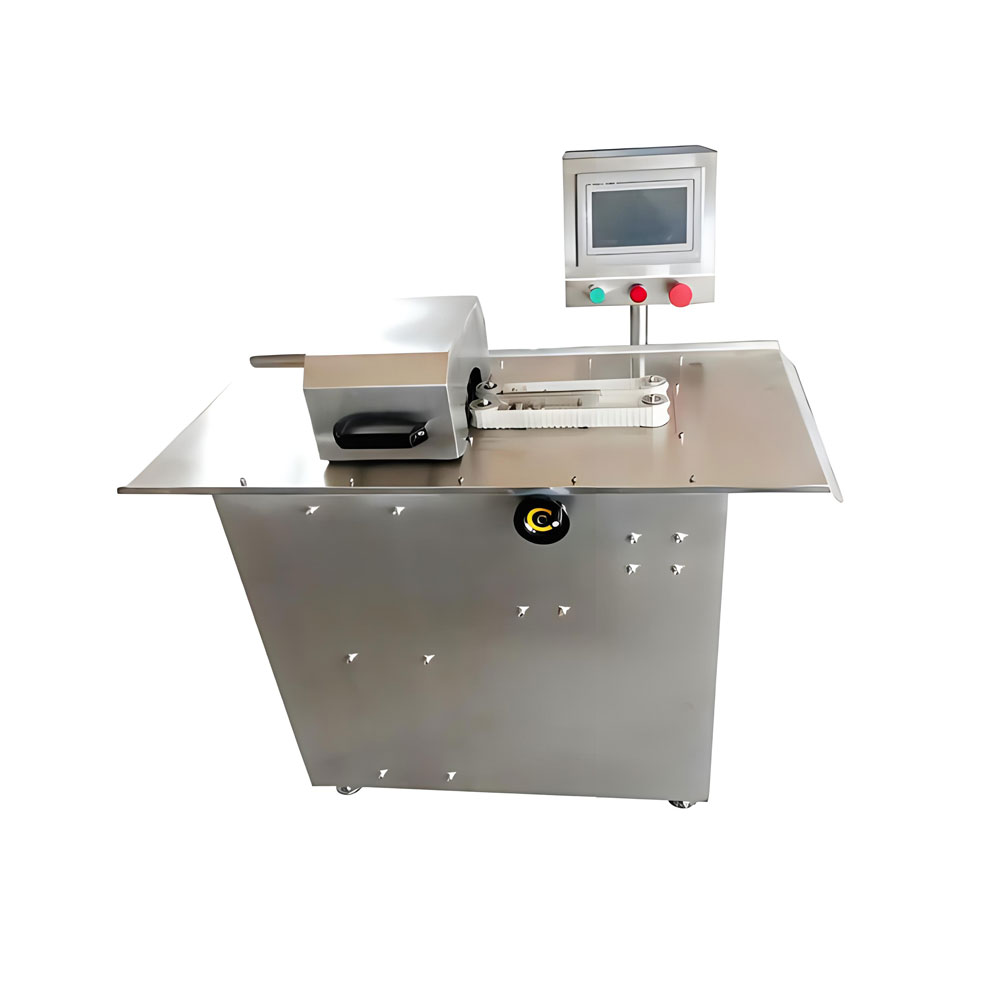
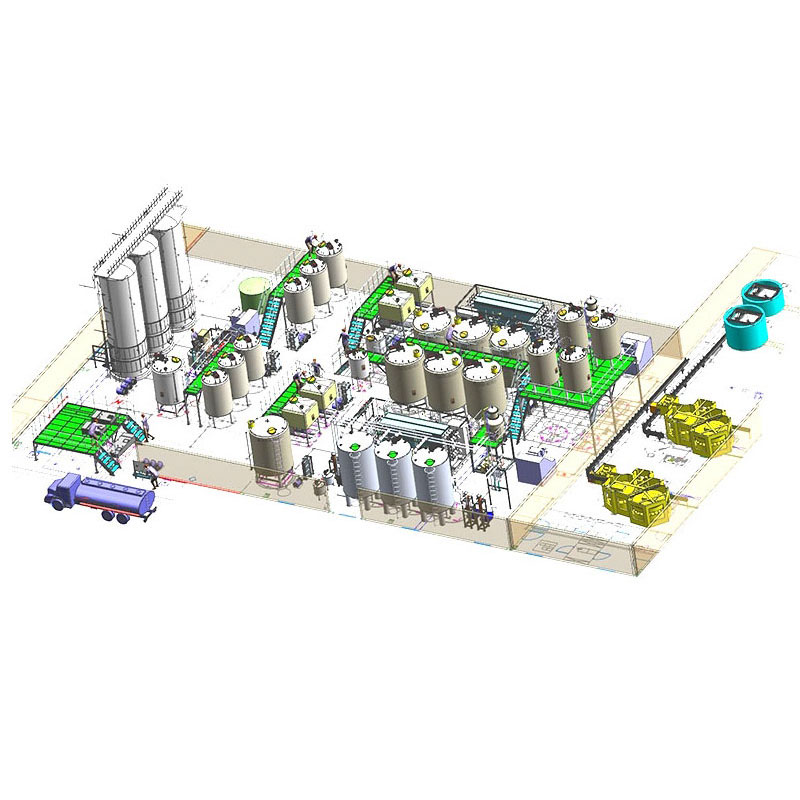
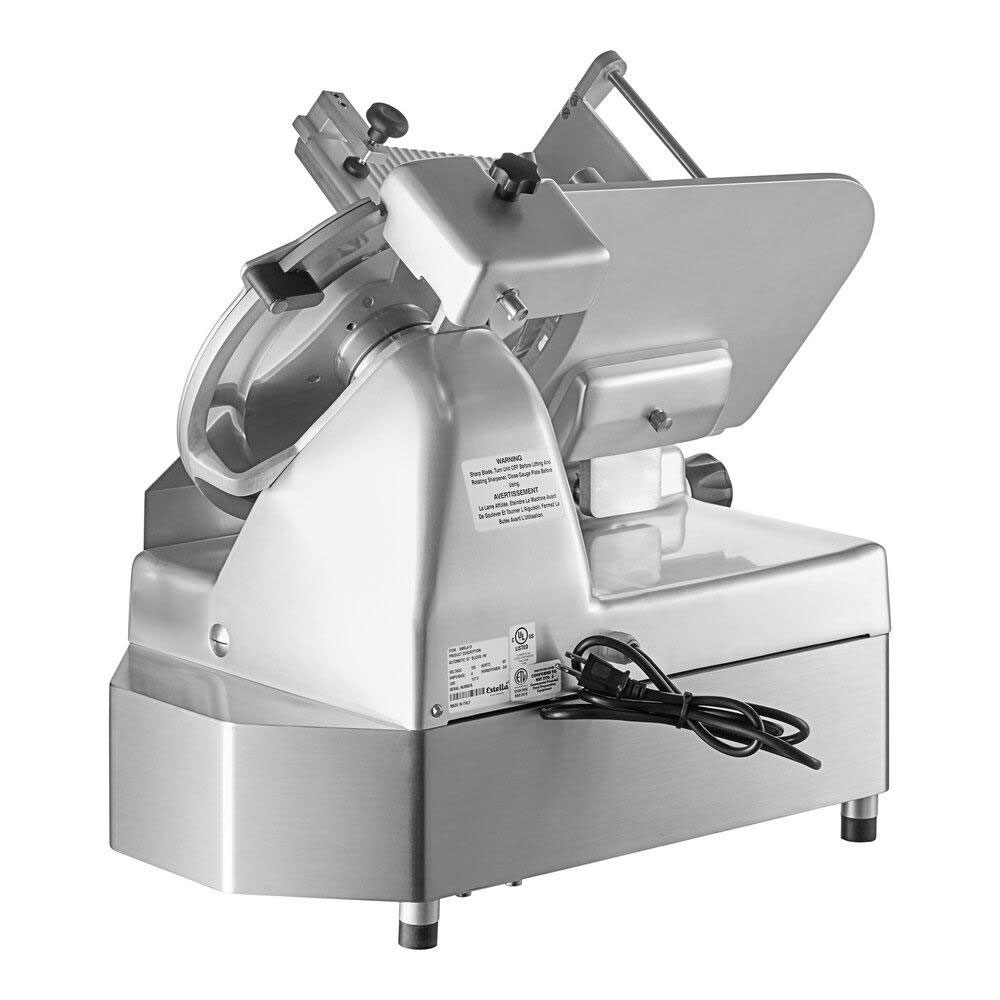
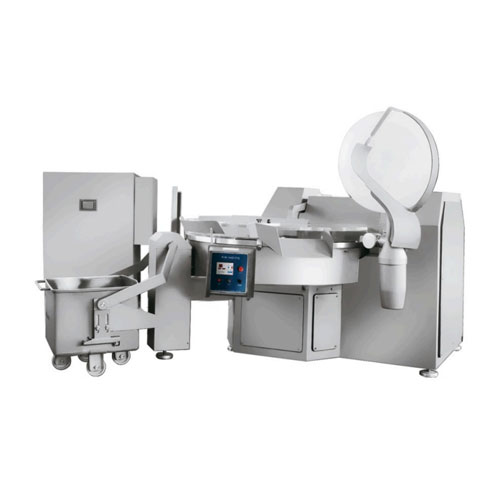
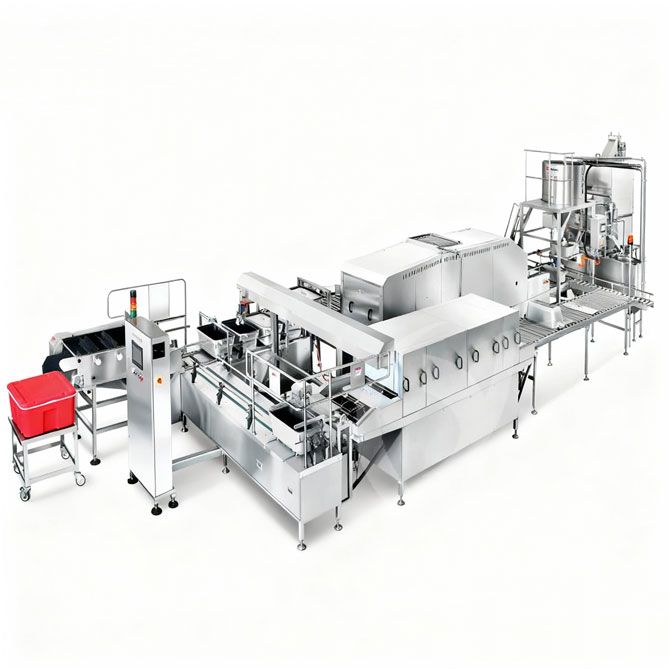
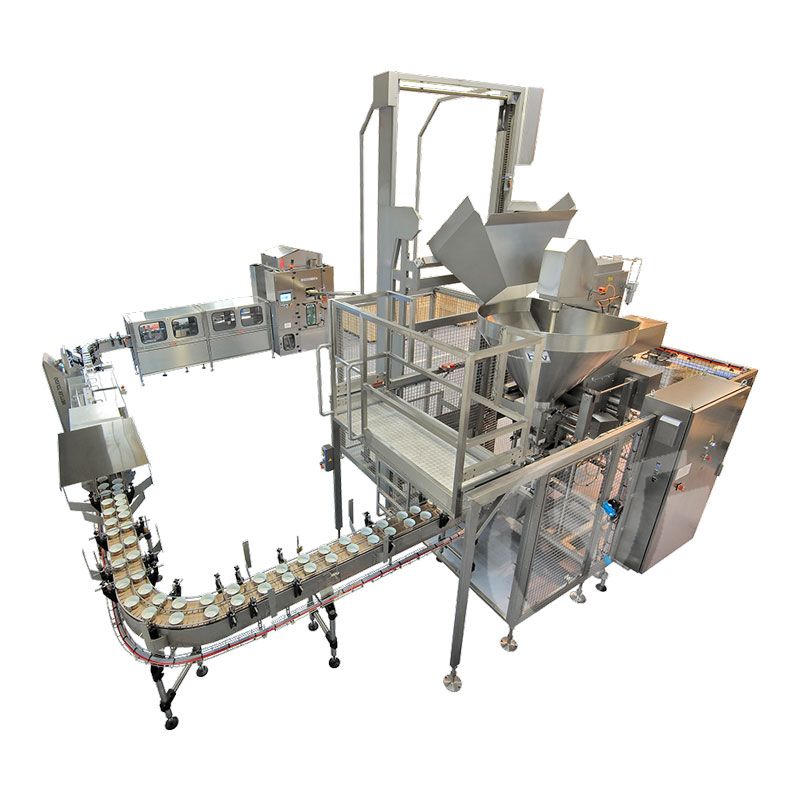 Meat Canned Food Production Line
Meat Canned Food Production Line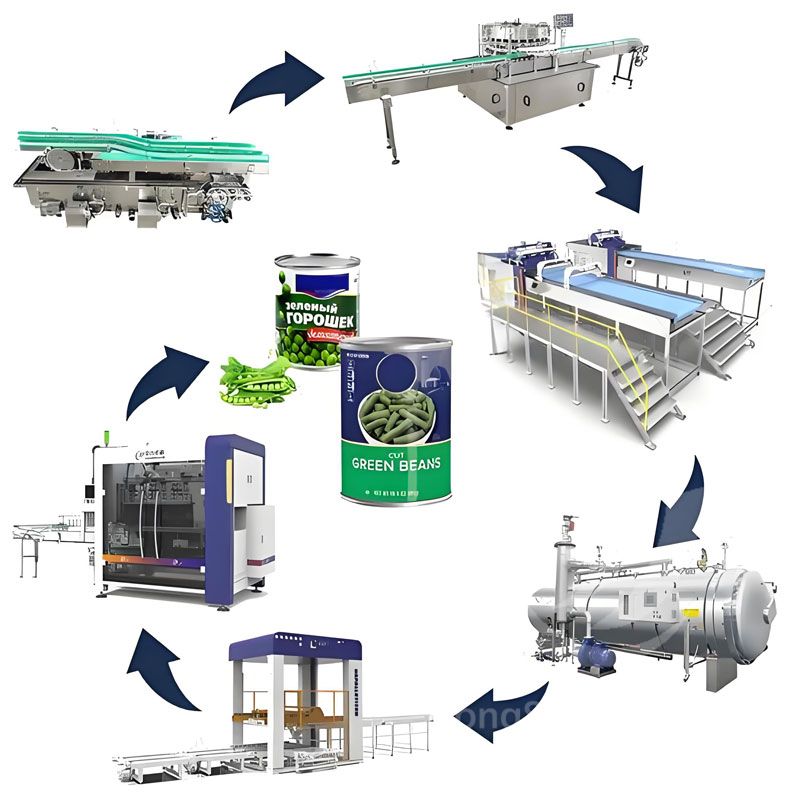 Green Bean Canned Food Production Line
Green Bean Canned Food Production Line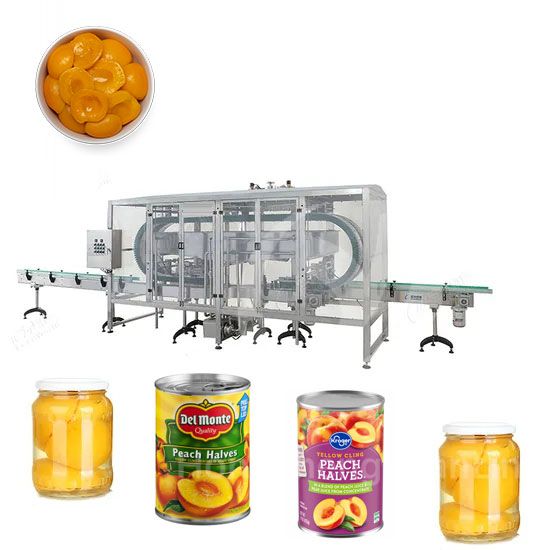 Peach Canned Food Production Line
Peach Canned Food Production Line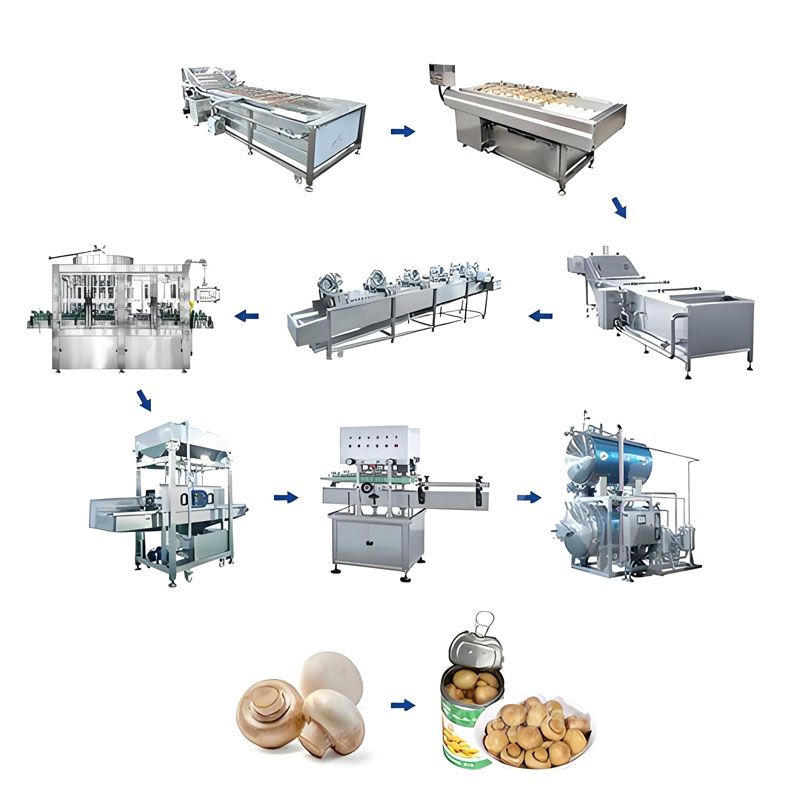 Edible Mushroom Canned Food Production Line
Edible Mushroom Canned Food Production Line
Ready to Get Started?